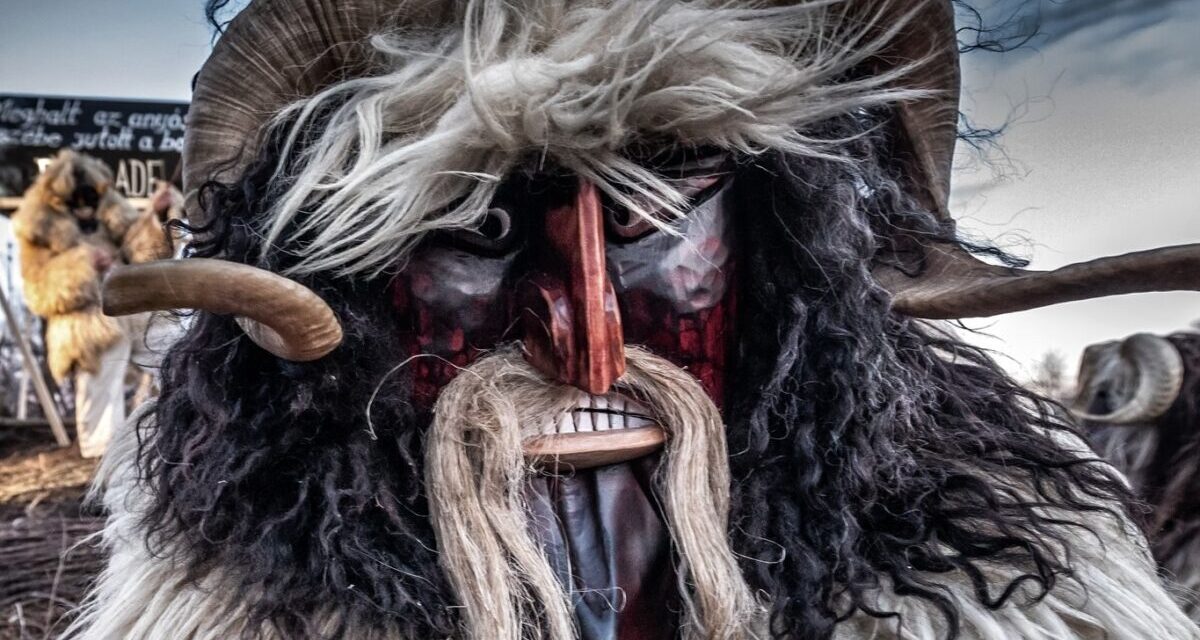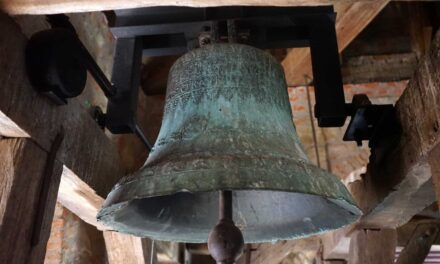According to the plans, more than ever before, 2,500 masked people and 71 buso groups, will participate in the winter burial and spring greeting folk custom, the buso walk, which will take place between February 8 and 13 this year.
About 110,000 visitors are expected for the six days of the event, which starts on Thursday in two weeks, offering more than 160 traditional programs at 15 locations. On Saturday and Sunday, they are preparing to welcome 40,000 to 45,000 visitors in the city on the Danube, the organizers announced.
The people of Mohács welcome visitors with folklore programs, performances by folk dance groups, dance halls, performances by buso groups, and family and children's programs.
On the first day of the event, which lasts from the last Thursday of the carnival until Shrove Tuesday, the main role will be played by young people: then school folk dance groups will perform, contests will be held, and among the masquerade parades, children's jankels and small busos will be carnivaling in the city, while in the evenings dance halls will be held with the participation of busos.
On Fridays, an exhibition of the works of Busó mask carvers and other folk art curators opens, folklore programs are held, bands perform in the Busóudvar, a volume about Croatian folk costumes in Baranya is presented, while a Croatian dance house is held on the Market Square with József Kovács Versendi and his band.
On Saturday, those interested will get a glimpse into the workshop secrets of making traditional Mohács sokác clothing pieces, from the early hours of the morning, tambourine bands, folk dance ensembles, buso groups hold demonstrations, a wedding procession, and the folk arts and crafts fair opens.
On Sunday, participants can glimpse the carnival preparations of bus groups, but there will also be a puppet concert, food tasting, and shortly after noon, the bus crossing of the Danube by boat to Sokacrév will begin, and the largest folk parade will begin.
Among the events on Monday, there will be an interactive carnival activity for children, the bussos will traditionally go from house to house on Kóló Square and the surrounding streets, and on Tuesday, after the afternoon parade, they will light the giant bonfire in the main square and burn the coffin symbolizing winter.
The organizers announced that the evening South Slavic dance halls at the Mohács Market will be free this year, and this year they will also set up a group of wine stands.
The famous carnival event, established by the Sokac ethnic group in Mohács, was first mentioned in a record from 1783.
According to a legend living among the ethnic groups that settled around Mohács during the Turkish subjugation, their cunning ancestors fled from the Turkish occupation to Mohács Island on the other side of the Danube. The sokacs came back after crossing the river wearing disguises and raided the superstitious Turks, who fled the city in a panic, terrified by the scary masks.
The traditional elements of winter hunting and spring greeting folk customs have remained unchanged for centuries: adults dressed in badger furs, linen coats, boskors, in carved masks, equipped with characteristic props - satchels, maces, lap clappers and columns - say goodbye to the harsh season and wait for spring.
In 2009, the United Nations Educational, Scientific and Cultural Organization (UNESCO) included busójárás (as the first element in Hungary) in the representative list of the intellectual cultural heritage of humanity.
about this year's detailed programs of the folk festival, how to get to the locations, and parking information the event's website and Facebook page .
MTI
Cover image: The masks are being prepared, there will be a bus tour again this year
Source: Facebook/Mohács Busójárás Official Page












